Creative Chronicles: Art
September 11 2017 | Legacy Project
Creative Chronicles brings together key insights, information and statistics from the experts at Creative Assembly. We hope this will inspire students and those considering a career in game development.
This edition of Creative Chronicles focuses on Art.
Artists, whether Environment or 3D modellers, bring the game to life. The quality of the visuals is key to achieving the immersive, deep experiences that games offer.
In fact, art usually makes up around 40-50% of the resources and costs involved in creating a high-quality game. For AAA games development, the art team likely consists of over ten different disciplines, and within these disciplines there are more specialisms.
With such a high-demand for talented artists in the UK, it is increasingly important that the games industry works with educational establishments to raise awareness of the breadth of opportunities and skills required in game art.
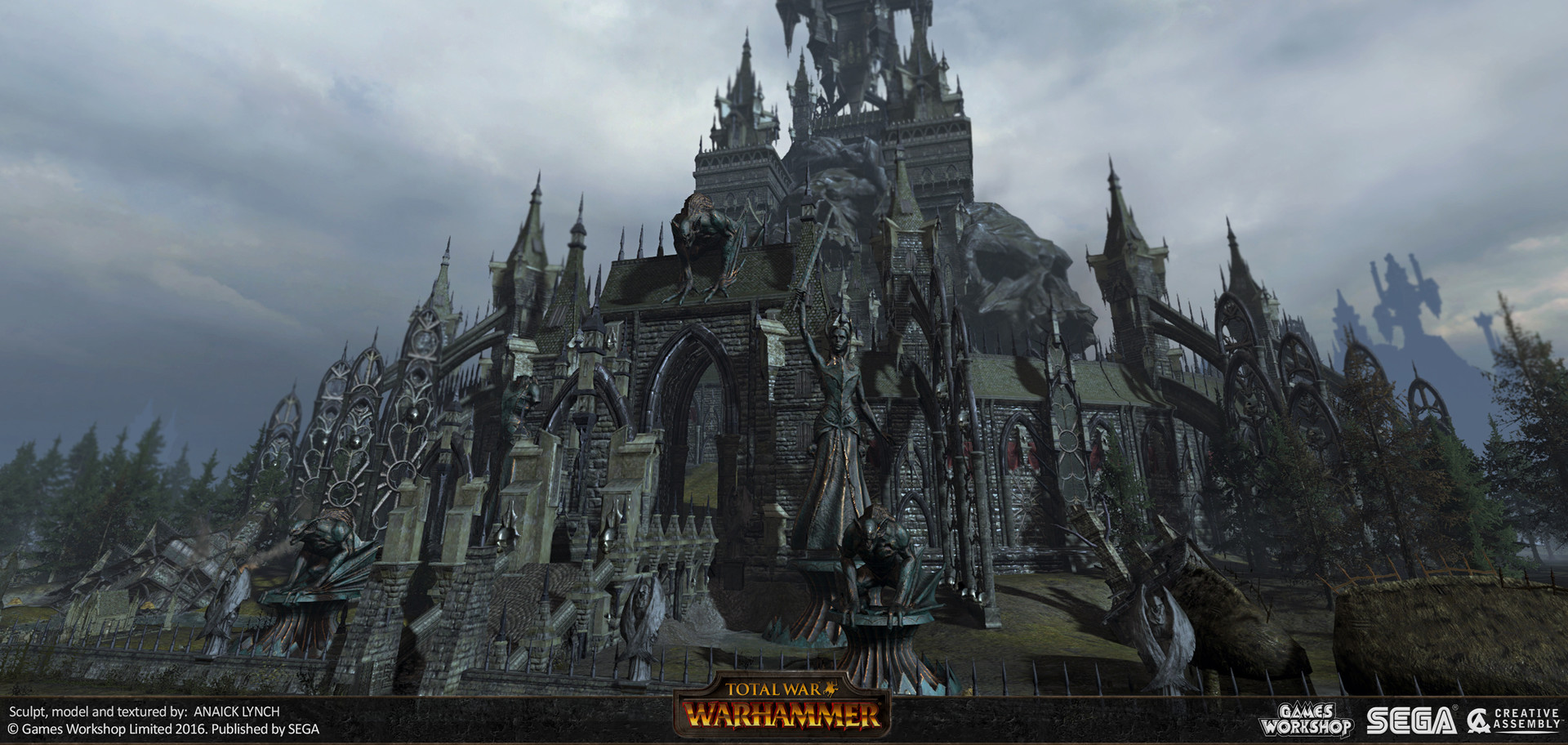
ENVIRONMENT ART
Environment Artists realise the play areas in game on both a micro and massive level. Their role can vary, from building the smallest props to set-dressing and terraforming entire levels (whilst having the technical ability to understand performance limitations, engine capabilities and gameplay considerations). This must be balanced with a strong artistic integrity, as strong scene composition is a priority.
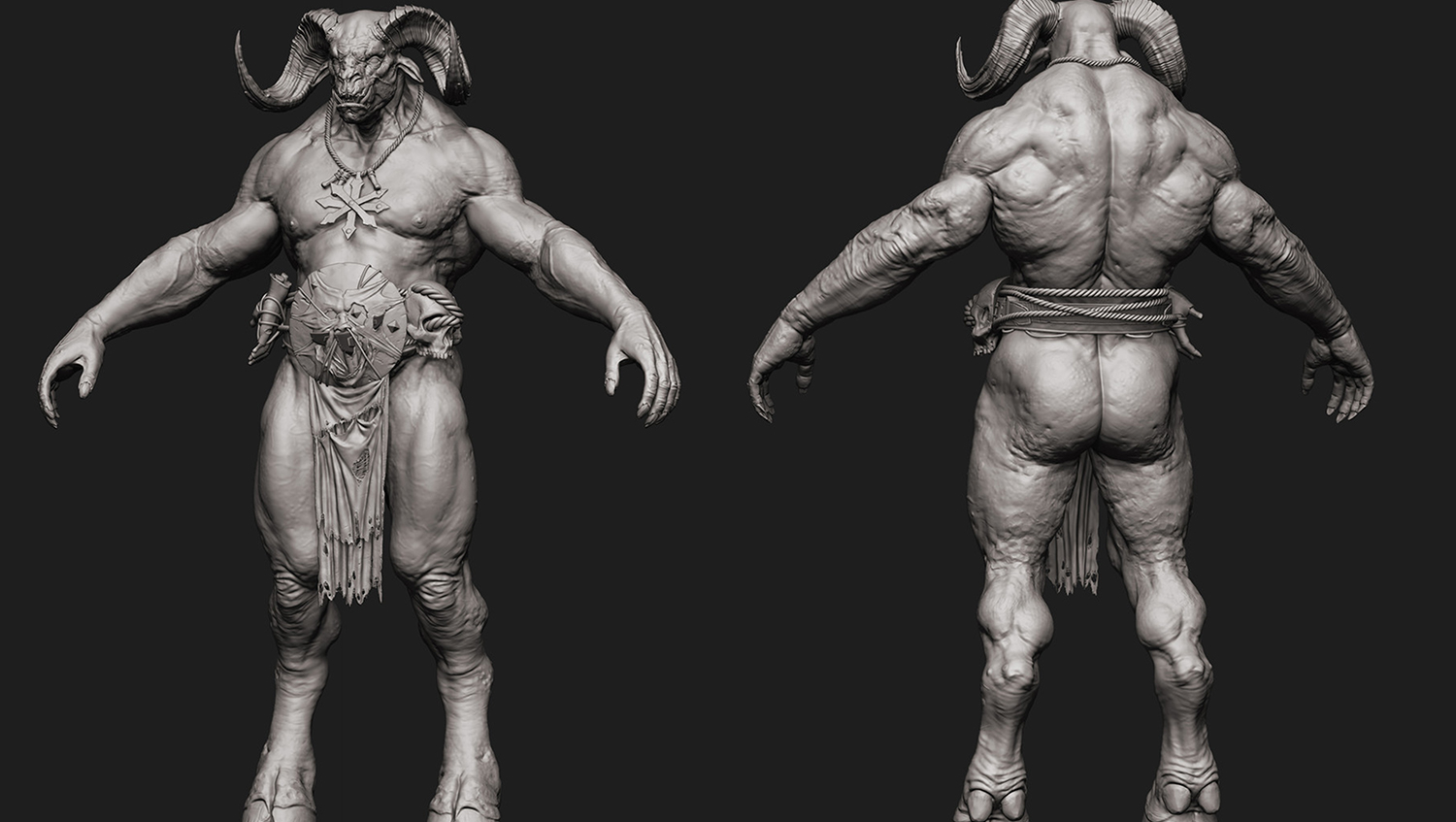
CHARACTER ART
Character Artists should have a strong understanding of human (and in some cases animal) anatomy and structure. Their pipeline consists of sculpting hi-fidelity assets, producing game ready versions using techniques such as retopology and UV unwrapping and then texturing the skin using both bespoke and procedural techniques. Character Artists will work very closely with the Concept and Animation teams to ensure that the design requirements are met whilst also adhering to the technical capabilities of the Animation tools.
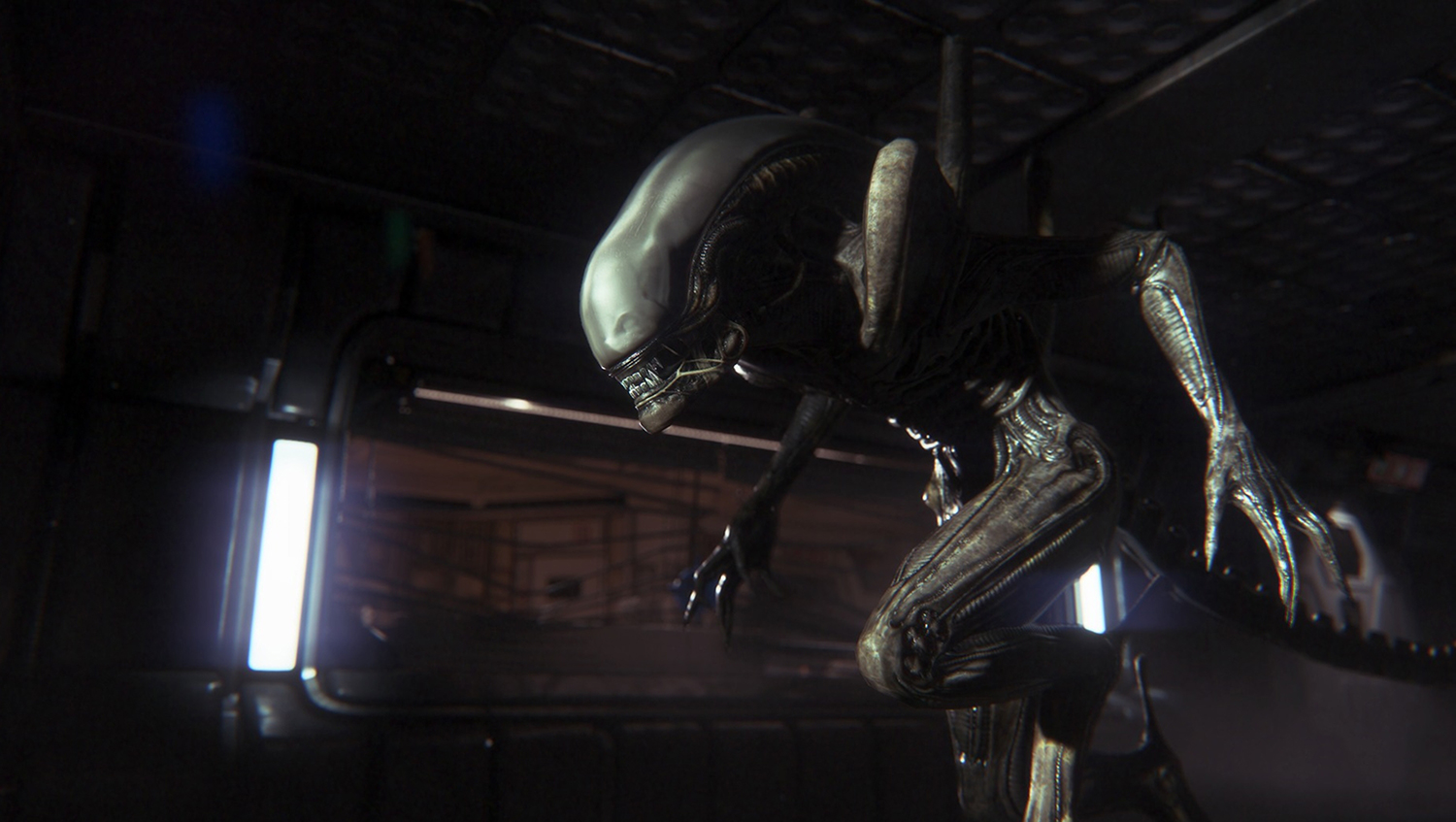
ANIMATION AND MOTION CAPTURE
Animators primarily focus on the movement and behaviour of characters/creatures both in game and through cinematics. Animators use a mix of hand-keyed procedures as well as motion capture techniques to convey the emotions and personality of each asset. They also work closely with the technical animators to help build new tools and animation rigs to aid their workflow.
Motion Capture technicians oversee all aspects of Motion Capture inc. camera calibration, actor setup, data capture, data cleaning and exporting, while also researching and implementing new technologies as required such as VR possibilities, Facial Capture and Virtual Cameras. They will support Animators in directing shoots, using their expert knowledge to advise on movements and working with talent to create the best base for animations.
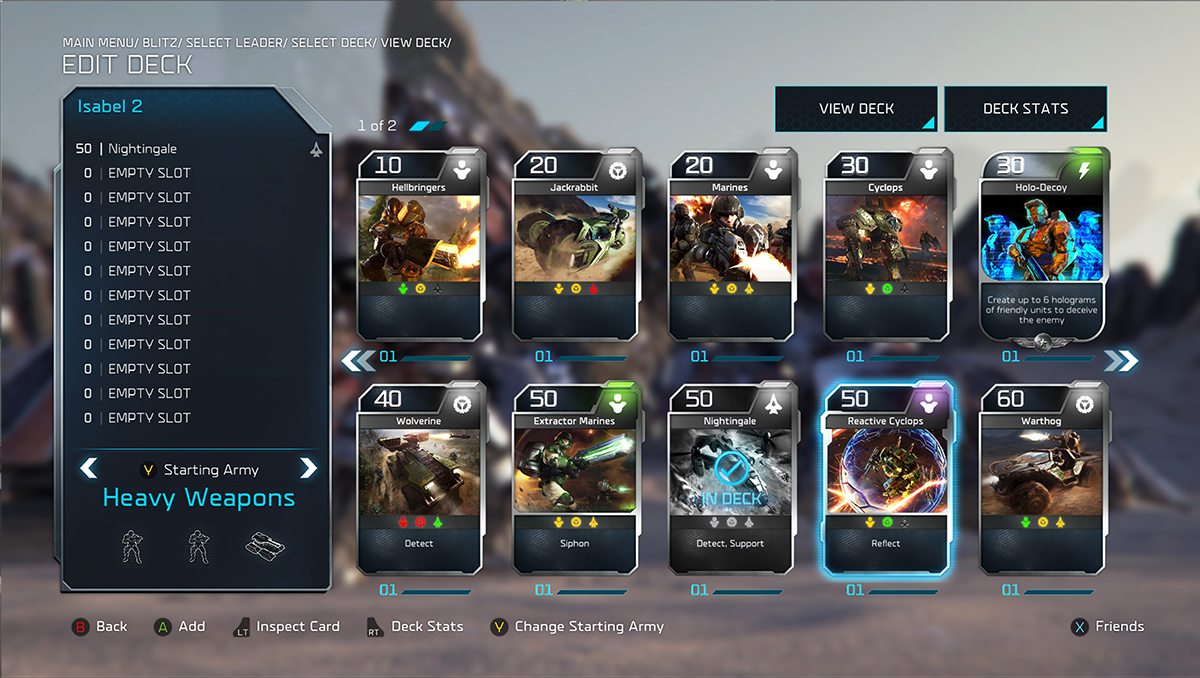
UI & UX
UI Artists and UX Designers sit comfortably between the art, gameplay design and code teams. UI Artists focus on graphic and interface art (such as unit cards, typography and motion graphics) whilst UX Designers focus on creating streamlined interfaces that eases player interaction and accessibility to the game world.

CONCEPT ART
Concept Artists focused on the visual development and communication of design and ideas, collaborating with and informing the production artwork across all disciplines. Concept art/design can tackle the design of anything from small props such as barrels and crates to a larger visualisation of entire play areas through paintovers and detailed breakdowns. The role requires a deep understanding of visual design, form and function across all disciplines, along with the ability to convey their ideas with clarity and consistency.
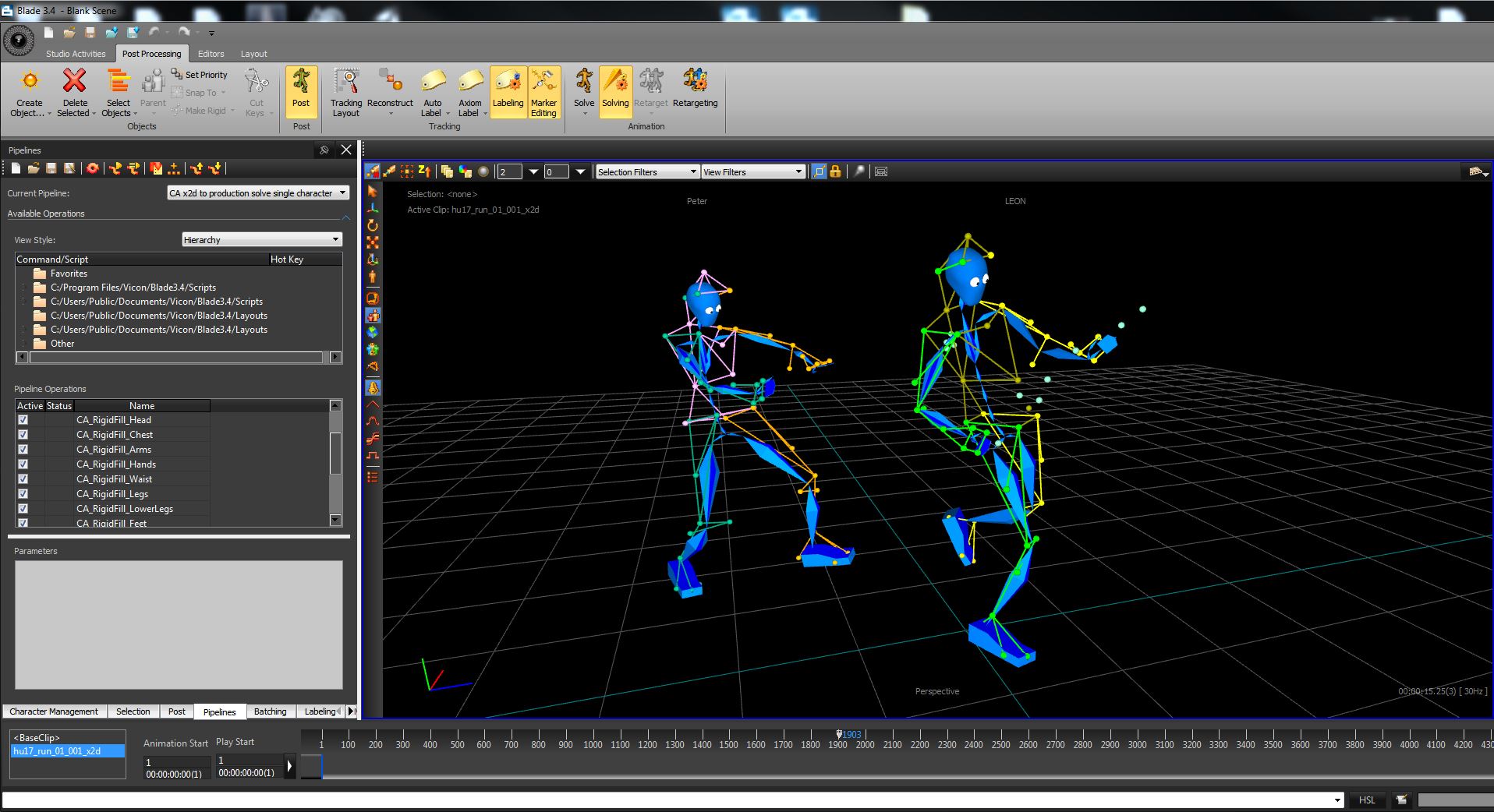
TECHNICAL ART & ANIMATION AND RIGGING
Technical Artists and Animators translate artist requests into technical solutions such as game shaders or animation rigs. They act as a bridge between the production artists and the programmers, essentially making the lives of the artists easier. Whilst Technical Artists focus on supporting the production artists with their 3D pipeline, Technical Animators will support the animation team with new tools, animation rigs and skinning support.
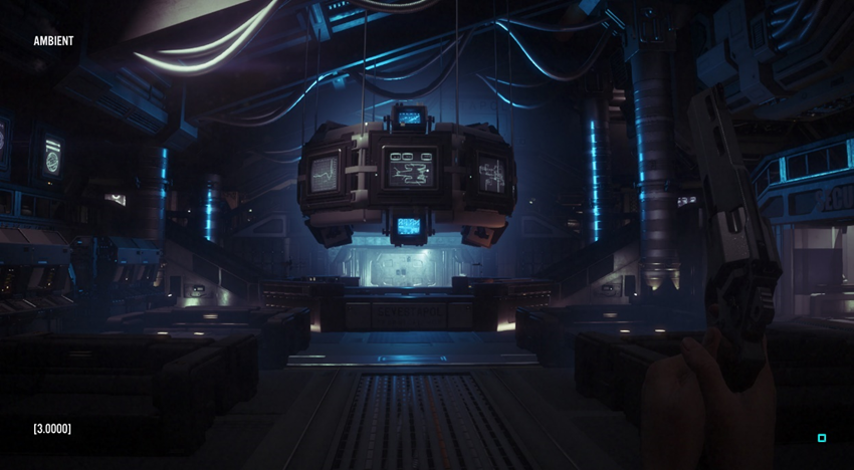
VFX ART
VFX Artists bring the game alive by adding atmospheric and visual effects such as fire, smoke and spells. Work includes the extensive use of particle systems, lighting and post processing (as well as scripting and shader work). Both technical understanding and an artistic eye are required to create both in-game and cinematic effects with the end-player experience always in mind.

CINEMATIC ART
With an eye for scene composition, cinema and storytelling, Cinematic Artists create stunning real-time cinematics for in-game, trailers and motion graphics using our in-house game engine and tools. They may write, plan and implement in-game cut-scenes, oversee motion capture shoots, create scripts and storyboards, direct VO recording sessions, film, direct and edit for video.
Understanding Your Art
Currently there are almost 2 million people employed in the UK creative industries, over 76,000 of these are artists. Yet 14,000 fewer students took a UK creative art and design course in 2017 and there is a clear drop off between GCSE and degree level. There is also a skills gap between education and industry, highlighting a need to increase industry involvement in curriculum to ensure graduates are leaving education ‘industry-ready’.
Artists are highly sought after and this is particularly true in specialisms like UI art and Technical. Students are often not made aware of these opportunities and most leave the education system with the intention of pursuing a career in concept art. In fact, around 50% of the students we see at UK events present portfolios of concept art. This has led to strong competition for concept art positions and made other art disciplines increasingly difficult to recruit for.
We also regularly see a lack of understanding of the game art disciplines. It is important that artists understand the difference between these disciplines, focus their efforts early and define their style. For example, we often see students who say they are 'Character Artists' when they are in fact presenting a portfolio of character concepts.
In a portfolio, an artist should show a polished level of execution in their specialism alongside an understanding of the wider production line. Games are an interactive experience and an artist needs to present in a way that is understandable for 3D as well as 2D.
Art at Creative Assembly
To address the UK art skills-gap, our experts share their knowledge at universities and schools through our Legacy Project, from masterclasses and workshops to in-depth curriculum advice. We want to see fundamental art and design skills built into the curriculum as this is the foundation of the creative industries which the UK is, and should remain a global market leader in.
At Creative Assembly, we need artists, not technicians. The software our artists use can be taught, but key fundamentals such as composition, colour theory and perspective form the basis of their talent. We look for artists who have an in-depth understanding of their specialism and a wider understanding of the game art workflow.
Our artists are masters of their own products, owning their art from beginning to end and overseeing the whole creative process. This offers more opportunities, more creative freedom and we believe, a better-quality outcome.
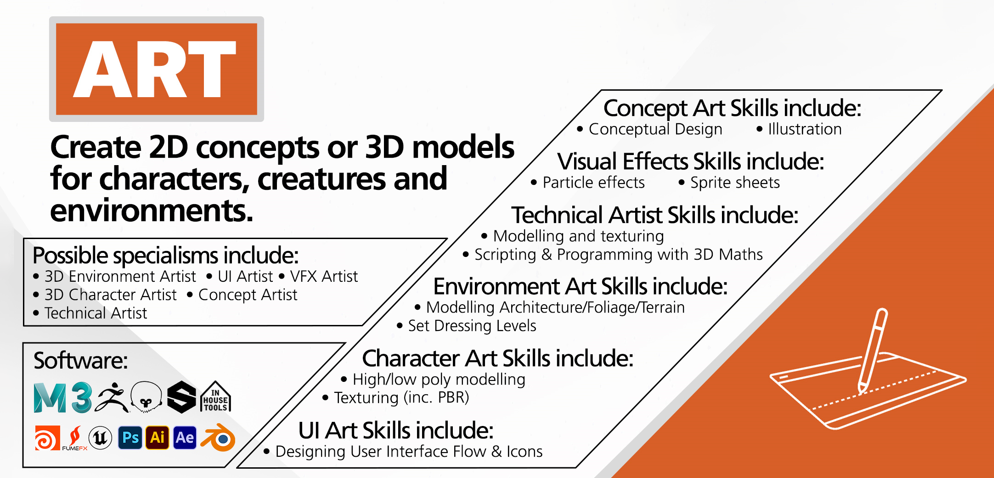
RESOURCES:
- How does technology affect art creation? Lead Technical Artist, Jodie Azhar, spoke at Norwich Gaming Festival 2017 on 'How to make video games look good and run fast'.
- Lead Technical Animator, Lee Dunham and Lead Animator, Greg Alston, hosted a BAFTA livestream on the animation pipeline for Total War: WARHAMMER. Matt Davis, Lead Character Artist, also hosted a BAFTA livestream tutorial on 3D character art.
- Creative Assembly and Platige talk through the art style and sound design in the Total War: WARHAMMER launch trailer, in this CGMeetup behind the scenes video.
- The technical artists balancing polycounts and visual quality, Jodie Azhar talks to gamesindustry.biz. Jodie also talks about improving technical art quality and scalability in this 2018 GDC presentation.
- Senior Technical Animator, Mike Malinowski, explored technical pipelines in creating a more forward-facing development approach in this 2018 GDC presentation.
- Our Creative Chronicles series focuses on different areas of games development. Previous editions include Programming and Audio.
- Senior Character Artist, Johann Tan, walks through sculpting forms while focusing on flow in this character development tutorial.
